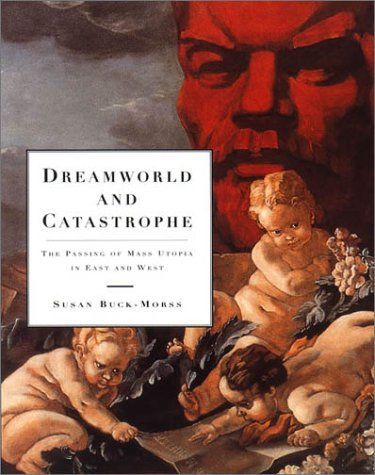
Dreamworld and Catastrophe The Passing of Mass Utopia in East and West
The dream of the twentieth century was the construction of mass utopia. As thecentury closes, this dream is being left behind; the belief that industrial modernization can bringabout the good society by overcoming material scarcity for all has been challenged by thedisintegration of European socialism, capitalist restructuring, and ecological constraints. Thelarger social vision has given way to private dreams of material happiness and to politicalcynicism.Developing the notion of dreamworld as both a poetic description of a collective mentalstate and an analytical concept, Susan Buck-Morss attempts to come to terms with mass dreamworlds atthe moment of their passing. She shows how dreamworlds became dangerous when their energy was usedby the structures of power as an instrument of force against the masses. Stressing the similaritiesbetween the East and West and using the end of the Cold War as her point of departure, she examinesboth extremes of mass utopia, dreamworld and catastrophe.The book is in four parts. "Dreamworlds ofDemocracy" asks whether collective sovereignty can ever be democratic. "Dreamworlds of History"calls for a rethinking of revolution by political and artistic avant-gardes. "Dreamworlds of MassCulture" explores the affinities between mass culture's socialist and capitalist forms. An"Afterward" places the book in the historical context of the author's collaboration with a group ofMoscow philosophers and artists over the past two tumultuous decades. The book is an experiment invisual culture, using images as philosophy, presenting, literally, a way of seeing the past. Itspictorial narratives rescue historical data that with the end of the Cold War are threatened withoblivion and challenge common conceptions of what this century was all about.